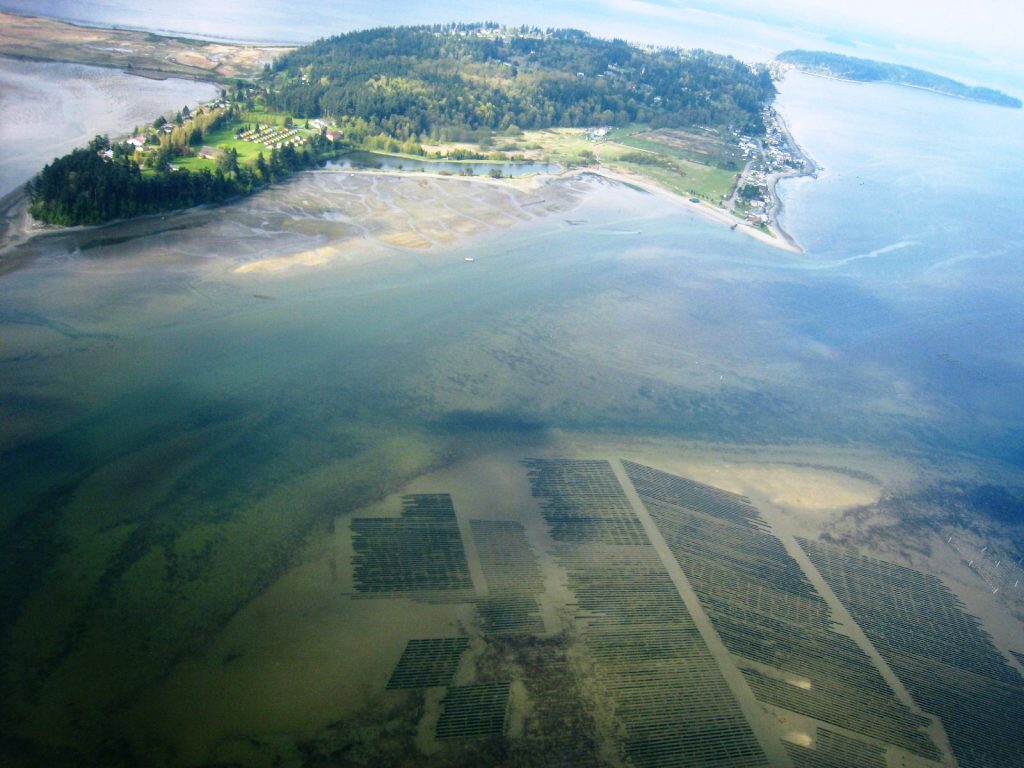
Recovering Puget Sound is a complex, long-term process that involves many important partners working together on projects throughout the ecosystem.
One of those partners is the U.S. Environmental Protection Agency (EPA). Puget Sound is one of 28 estuaries of national significance in the country and part of the EPA’s National Estuary Program.
EPA supports recovery of Puget Sound through the National Estuary Program and the Puget Sound Geographic Program. EPA provides funding and support to ensure clean and safe water, protected and restored habitat, thriving species, and a vibrant quality of life for all.
In 2012, the Puget Sound Partnership’s Leadership Council established three initiatives to tackle multiple issues key to Puget Sound recovery: Stormwater, Habitat, and Shellfish.
To manage this effort, partners assembled into three Strategic Initiative Lead (SIL) teams, charged with bringing people and ideas together to improve the water, habitat, and communities. The Action Agenda for Puget Sound guides the work of the SIL teams.
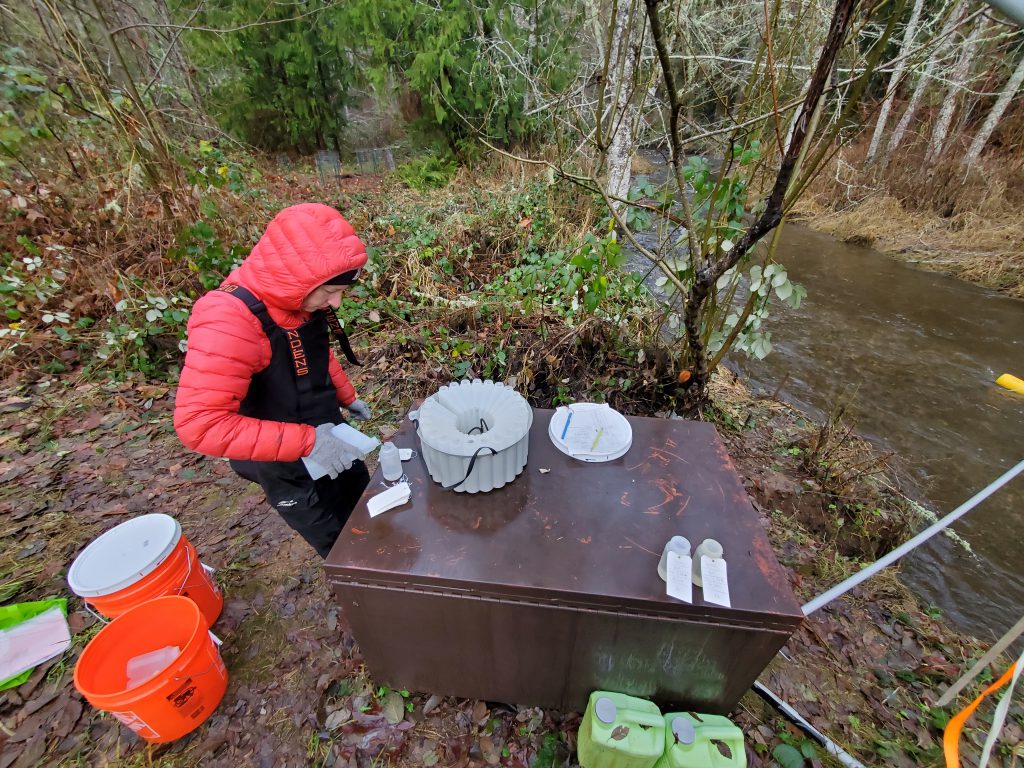
The Shellfish SIL recently awarded $5.5 million in Puget Sound Geographic Program funds to projects throughout the region to accomplish the following key goals:
- Fund and establish effective local and tribal pollution identification and correction programs.
- Manage and control fecal pollution and disease-causing bacteria and viruses from onsite sewage systems (septic systems).
- Assist and educate farmers to help them voluntarily reduce livestock and animal manure runoff. Support regulatory programs to effectively require compliance.
“Washington’s marine waters are a dynamic and vital part of our unique ecosystem,” said Todd Phillips, Office of Environmental Health and Safety director at the Washington State Department of Health. “We applaud the efforts of each award recipient for their role in water quality improvement and protection. Partnerships with these awardees, along with agencies such as the EPA, emphasize the commitment and importance of advancing our goal of reducing fecal coliform pollution and protecting Puget Sound shellfish growing areas, with the overarching objective of protecting public health.”
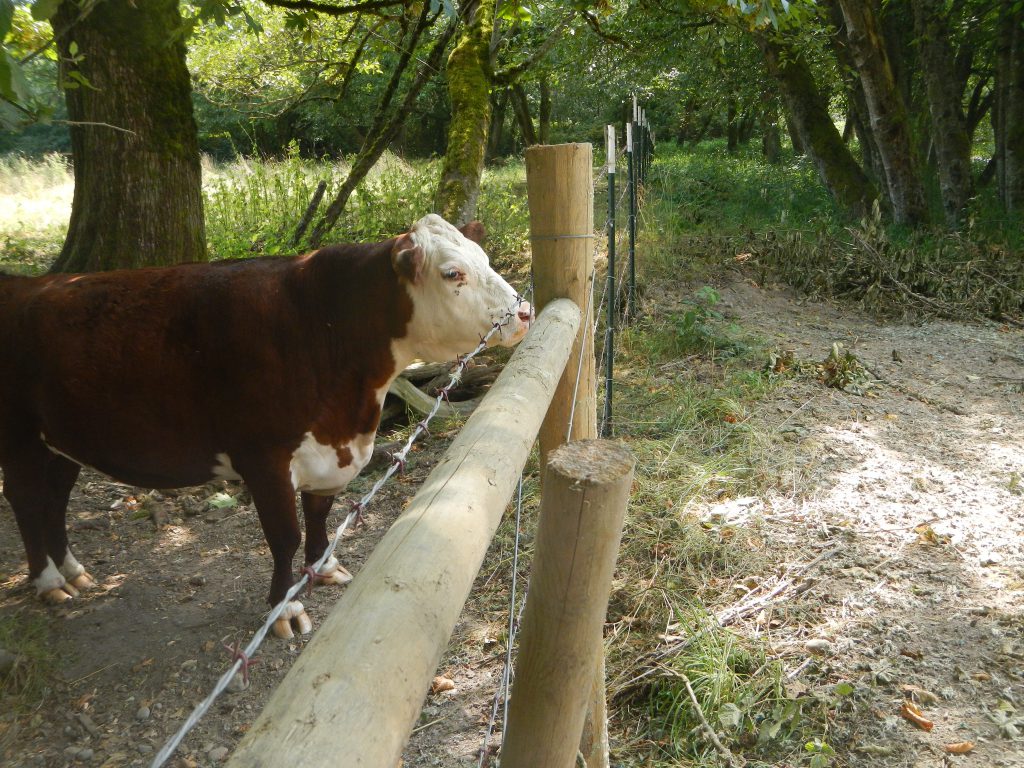
Since 2011, over $43 million of EPA’s Puget Sound Geographic funds have supported similar priorities to keep shellfish safe to eat. Here are a few recently funded projects:
Washington State Department of Agriculture’s Dairy Nutrient Management program
Reducing manure impacts to water and building climate resiliency on livestock farms
Through trusted partnerships, the Washington State Department of Agriculture’s (WSDA) Dairy Nutrient Management program and partners will:
- improve manure and nutrient management planning;
- develop strategies to learn from outcomes and change practices; and
- build flood preparedness on livestock farms to support clean water.
WSDA has proposed a three-year project focused on north Puget Sound shellfish watersheds. In the Puget Sound region, intense rain events are happening more often and the changing climate patterns affect shellfish safety. Livestock farmers who manage manure must adapt to farming conditions involving shorter periods of intense rain and increased flood frequency, while preparing to be able to make real-time decisions during the rainy season to prevent pollution.
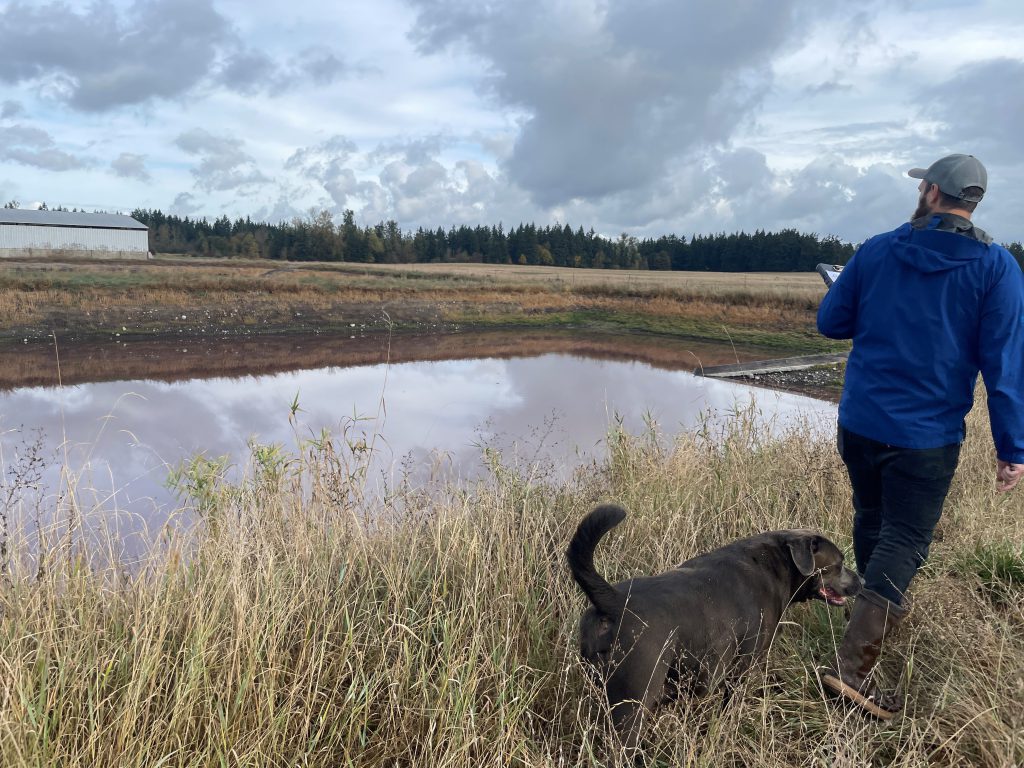
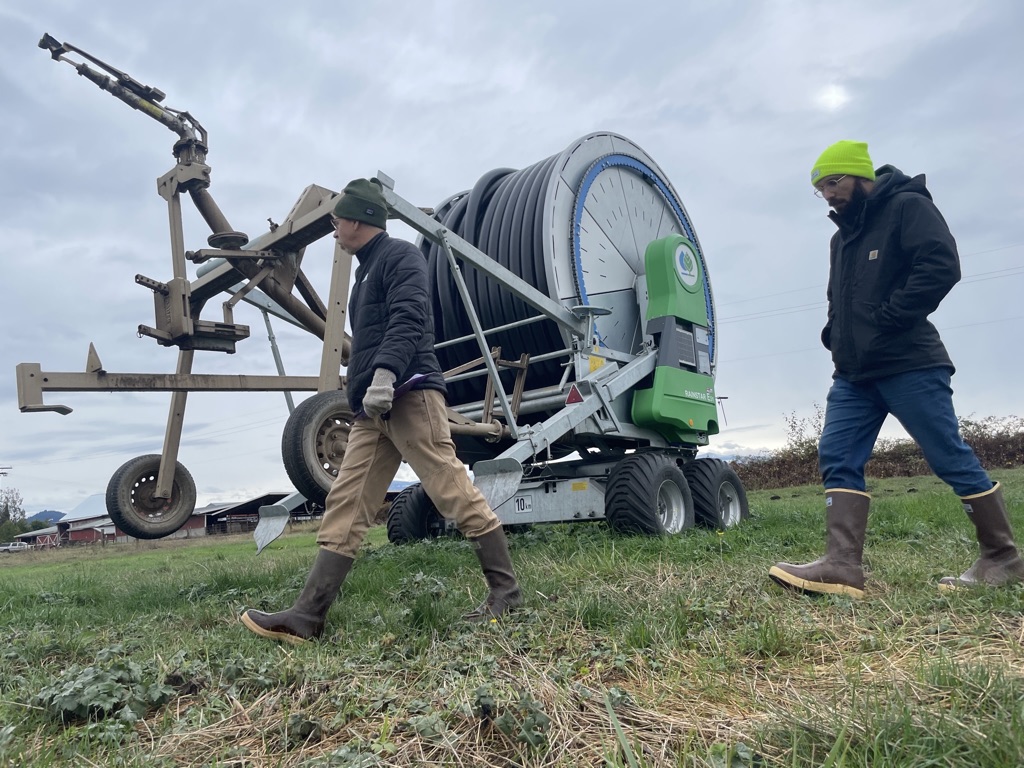
Skagit County Public Works
Samish and Padilla Bay pollution identification and correction
Skagit County has been reducing pollution in Samish Bay since 2010. The county has addressed all large sources of pollution; it’s now working to find and fix smaller sources. This project supports pollution-source identification work using a combination of lab testing, cheaper and faster Coliscan testing (which detects fecal pollution), and water-level loggers to identify illegal discharges. Skagit County will also collect storm data in the Samish River watershed and in Samish Bay. Storm data from the watershed tells the county where it should focus its efforts.
Many sources are hard to pinpoint with source identification work, so outreach is a critical part of these efforts. An analysis identified several barriers for residents. The county will address these barriers by:
- Offering residents temporary solutions while the county works on permanent ones.
- Sharing costs for permanent solutions.
- Creating opportunities for community members to meet regulators and learn more.
- Making pollution-reducing behaviors a regular part of life so that it’s just “what we do.”
Previous Puget Sound Geographic Program funding has helped Skagit County develop its water quality program. Since 2008, Skagit County and its Clean Samish Initiative partners have worked to reduce bacteria levels in the Samish watershed by 60 percent and are working to ensure that the county’s rivers, creeks, and beaches are safe for residents to fish from and swim in.
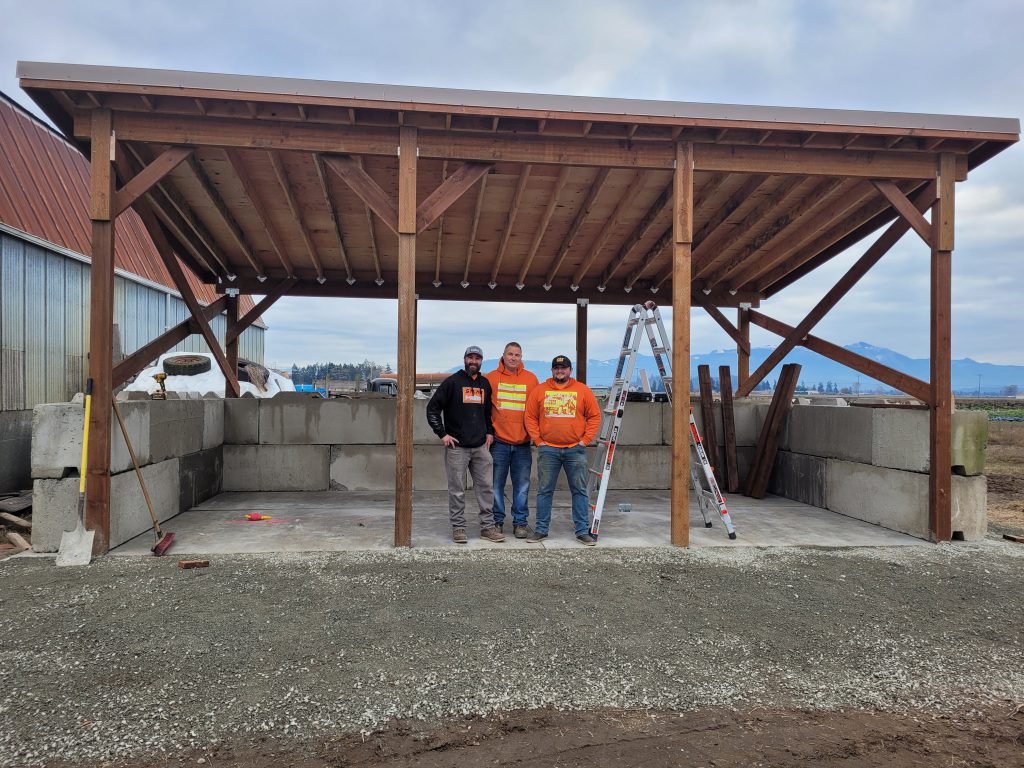
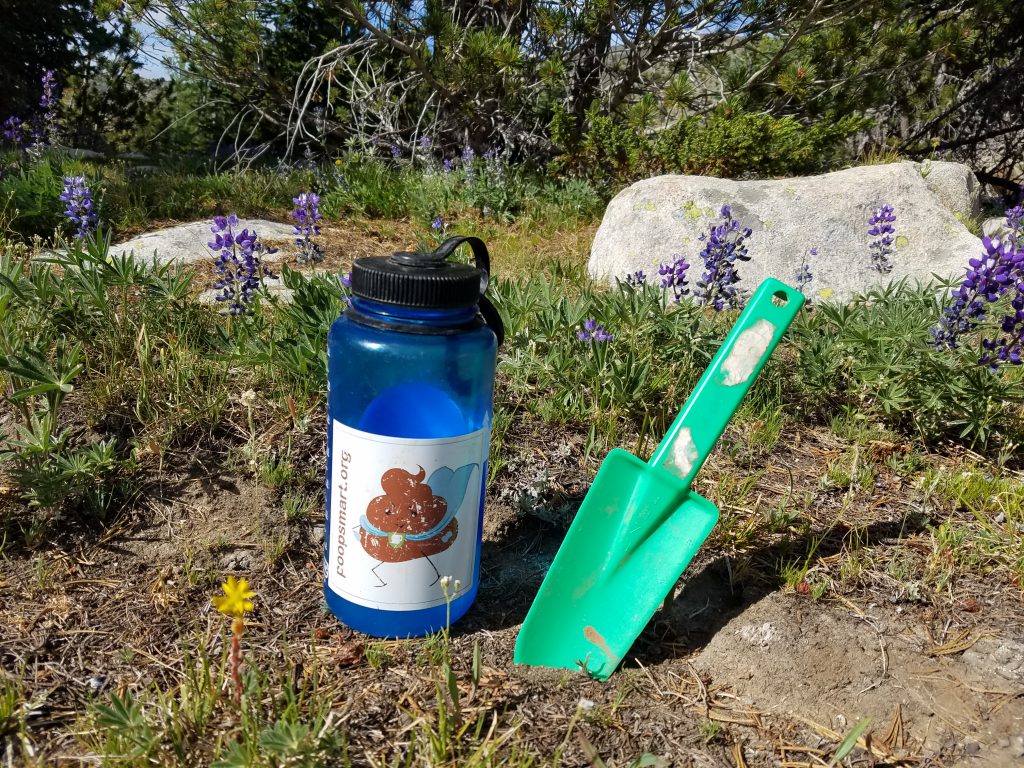
Mason Conservation District
Mason County partnership for clean water
Local partners participating in the Mason County Clean Water District have organized to protect and promote water quality. Partners include Mason Conservation District, Mason County Environmental Health, and the Squaxin Island Tribe. With this project, partners aim to reduce fecal pollution effects on shellfish growing areas. Seven of the 18 threatened shellfish growing areas identified in 2022 exist within Mason County. The county contains 25,365 total shellfish growing acres. It is key for local industries and tribal partners to mitigate water quality concerns that threaten:
- a tribally and culturally significant resource;
- the local economy—including many jobs; and
- recreational opportunities that draw people from around the region.
This project will give technical assistance to residents in the affected watersheds and will continue an education and outreach campaign through mailers, workshops, and public meetings.
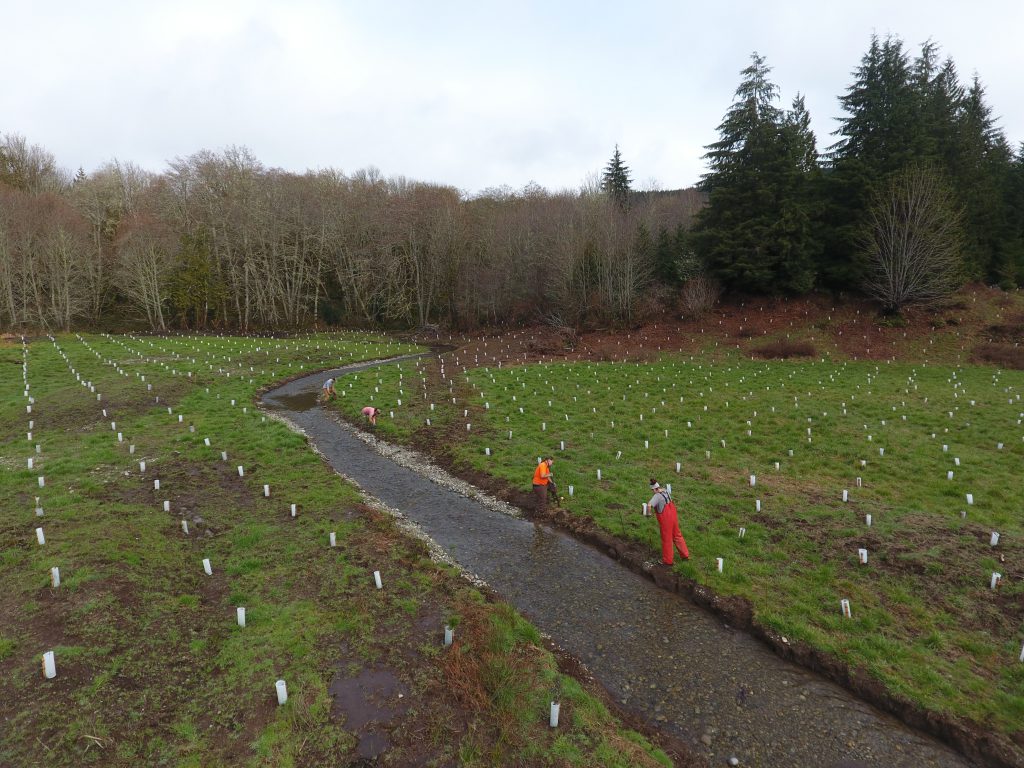
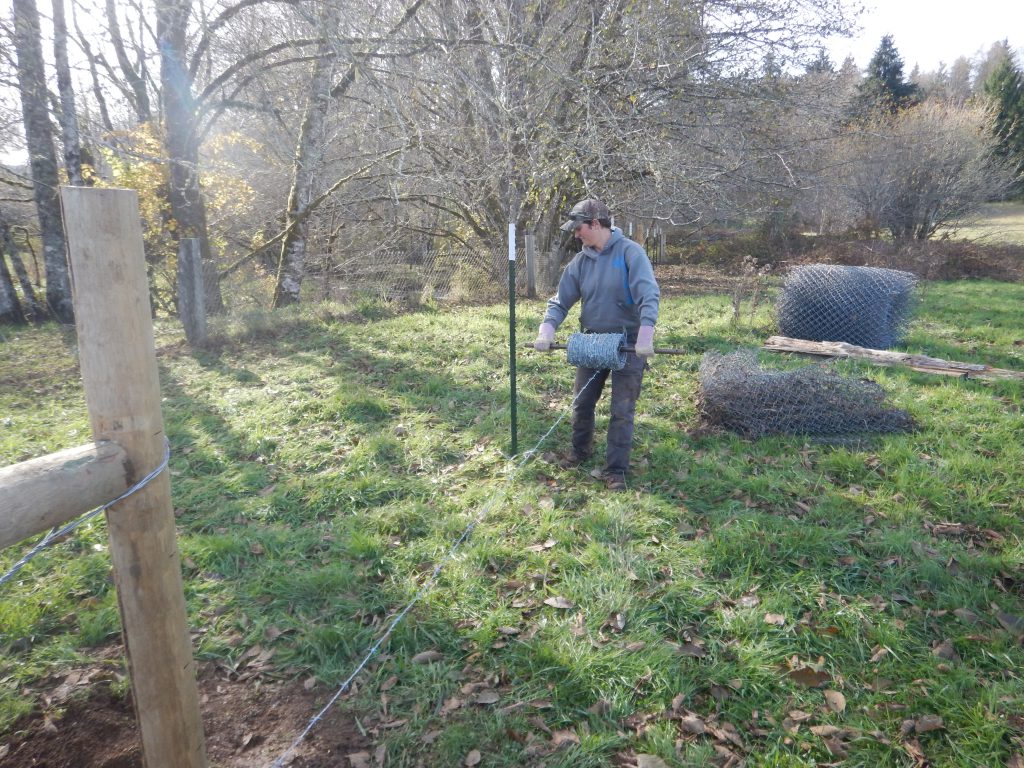
Jefferson County Environmental Public Health
Cost share for septic system repair
Jefferson County Environmental Public Health’s cost-share program with Shellfish SIL 1.0 funds offered qualified applicants financial assistance with repair or replacement of their septic system.
The cost-share program granted up to 100 percent of the cost of the repair or replacement of an onsite sewage system, up to $20,000, for homeowners who:
- qualify under income guidelines;
- own property near the shoreline or near a stream that drains to the shoreline; and
- have a septic system that is failing or has failed.
This program helped residents stay current with septic inspection and make repairs as needed, which benefits homes and all those who share the waters of Hood Canal and Puget Sound.
Jefferson County Environmental Public Health is working hard to keep 230 miles of shoreline safe for recreation and 18,000 acres of commercial shellfish beds and 40 recreational shellfish beds healthy for growing shellfish.
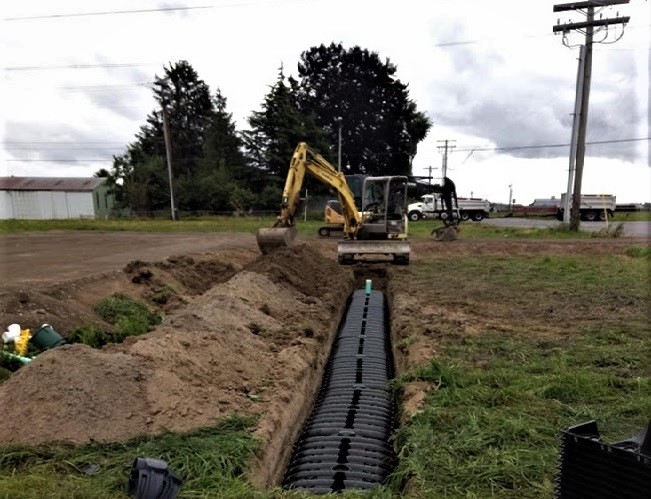
Current funding opportunity
The Shellfish SIL has a request for proposals open now for Puget Sound Geographic Program funding. The new funding opportunity focuses on helping wastewater treatment plants make improvements and modifications; these improvements will help re-open shellfish beds near outfalls (where treated water enters a body of water) and reduce emergency closures that prevent shellfish harvest. The request for proposals is open until May 31, 2023, and more information is available on the Shellfish SIL funding page.
“Following state and federal standards, the Department of Health (DOH) prohibits shellfish harvest adjacent to WWTP outfalls,” said Scott Berbells, Growing Area section manager at the Washington State Department of Health. “There are modifications that can be made at the treatment plant or outfall that may help reduce these Prohibited areas and allow harvest. We’re excited about this funding opportunity to support shellfish bed recovery.”

